The correct preparation of the surfaces is the preliminary phase, fundamental for the success of any working cycle in the structural restoration operations of reinforced concrete structures.
The technique to be adopted must be chosen according to the type and state of the support, with the aim of ensuring a suitable surface for the adhesion of the product to be applied. The suitability is mainly understood in terms of the mechanical seal of the adhesion to the substrate, stressed by the interface tensions (support/restoration) that are generated during the drying and maturing phases of the restoration layers.
For this reason it is always absolutely necessary to obtain, through all the specific preparation processes, a healthy, compact, dust-free and decontaminated substrate.
Below is a list of the most common preparation systems:
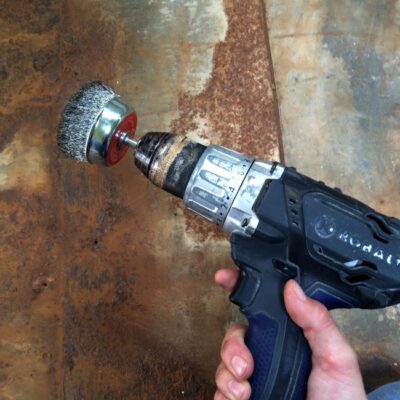
Electric wire brush
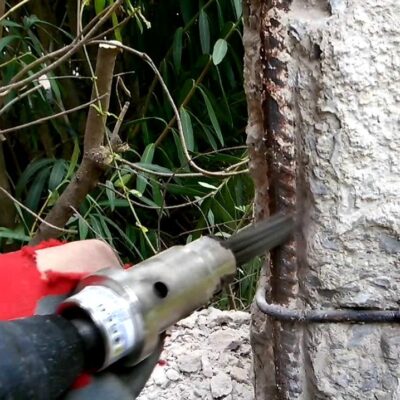
Needle hammer
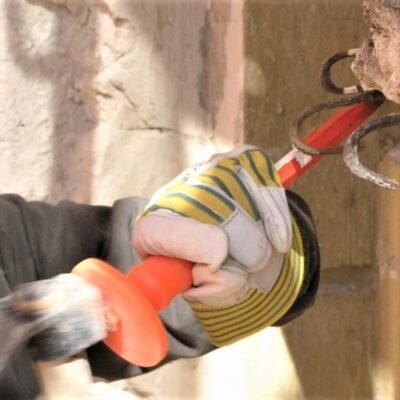
Hammer and chisel
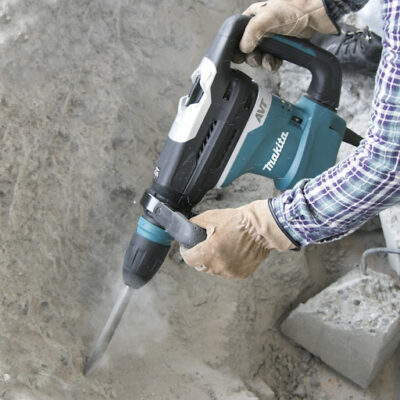
Jackhammer
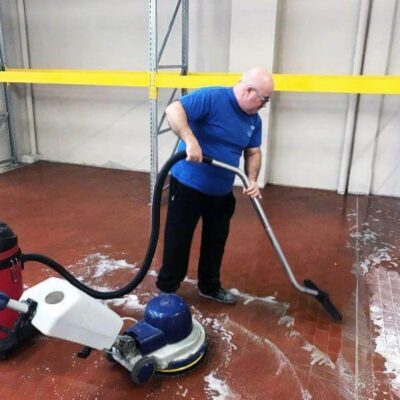
It consists in treating surfaces with acids, bases, cleaning products or biocides…
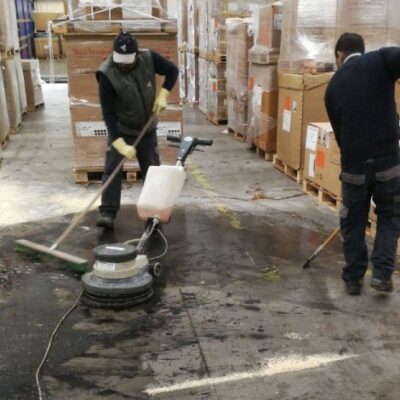
… by providing a subsequent series of rinses, to remove stains, oily substances, molds, etc.
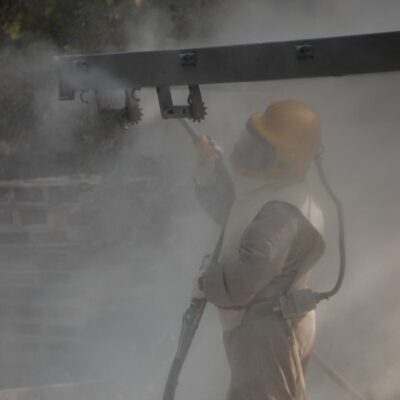
Sandblasting consists in projecting an abrasive material at high pressure on the surface (silica sand), usually for very large areas. The size and hardness of the abrasive are chosen in relation to the characteristics of the substrate and the material to be removed. In the case of sandblasting of iron or iron parts, quartz sand of high hardness is used.
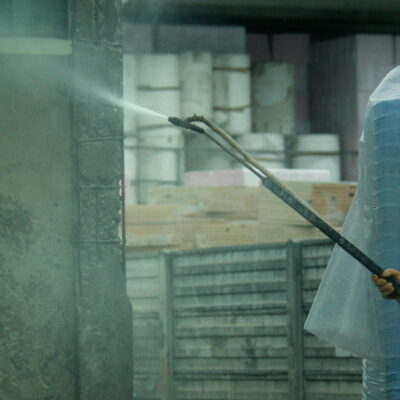
Hydro-sandblasting consists of simultaneously projecting an abrasive material and water under pressure on a surface. Water promotes the solubilization of deposits and salts and eliminates the dust that is determined as a result of the impact of the abrasive material on the surface. The size and hardness of the abrasive are chosen in relation to the characteristics of the substrate and the material to be removed.
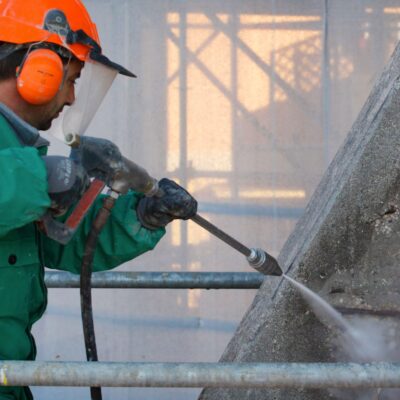
Hydro-washing consists in projecting water under pressure (greater than 150 bar) on the surface to remove dirt, mold and friable and incoherent parts.
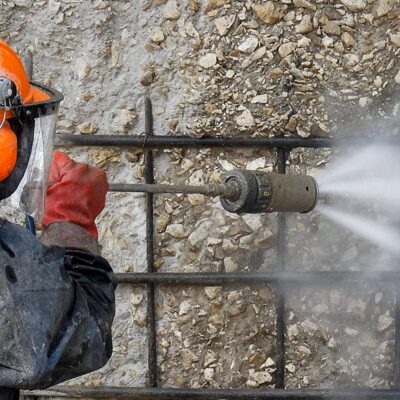
Hydro-scarification consists in projecting high pressure water on the surface (from 800 bar up to 2500 bar) of even very large areas, to remove layers, even important ones, of concrete. Robotic systems with lower pressure and higher flow rate or manual lances with higher pressure and lower flow rate can be used.
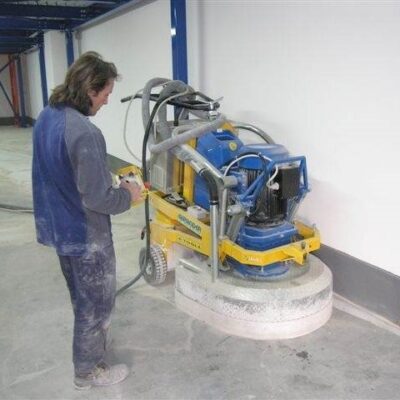
Sanding consists in producing an abrasive action with mechanical means, which allows to remove the millimeter surface layer by removing dirt in general. The surface is also roughened so as to facilitate the adhesion of the subsequent layers.
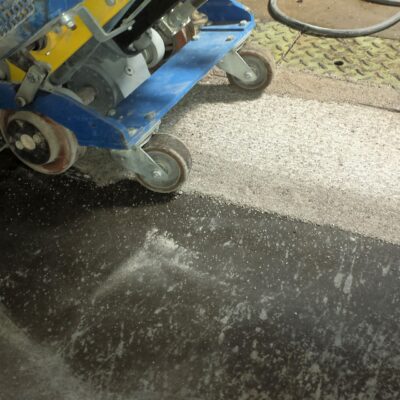
On the same principle of sandblasting, shot blasting consists in “cold” hammering of the surface by means of a violent jet of metal grit (replacing the sand) performed with industrial machines without using water and without producing dust (closed cycle). The abrasion depth is regulated by the feed speed from 0.5 to 30 meters/min.
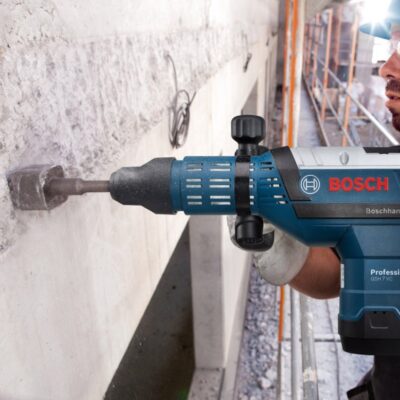
The bush-hammering consists in the vertical percussion of the surfaces by means of hammers with very dense pyramidal points capable of removing variable thicknesses up to 2 cm of depth. It can be done using electrical equipment…
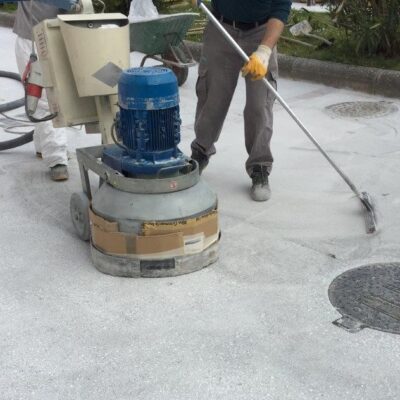
… or it can be done using robotic equipment.